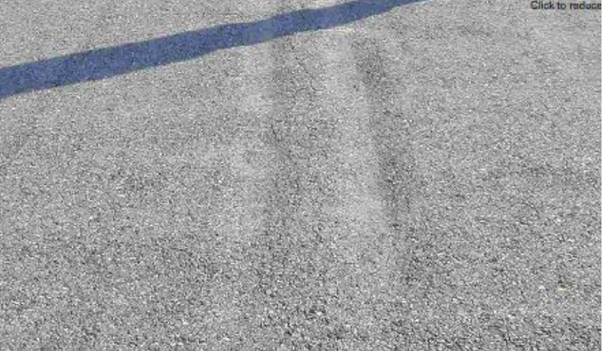Types of Forensic Testing Performed on Road Pavements
Safe and well-maintained roads are vital for our transportation network. Regular forensic testing helps identify potential problems and plan effective maintenance or rehabilitation strategies. This blog dives into seven crucial types of forensic testing performed on roads, along with the specific equipment used for each test.
1. Roughness or Ride Quality Testing with Laser Profilometers
Road roughness, measured by a laser profilometer, indicates how bumpy a road is. This data is essential for understanding factors like vehicle operating costs, driver comfort, and pavement wear. The profilometer records the road surface's longitudinal profile, providing a precise measurement of unevenness. An example is our LCMS-2 which has the most advanced laser capabilities in our fleet, and is currently being deployed on numerous road condition assessments on roads across Australia.
2. Non-Contact Laser Profilers for Rut Depth Measurement
Rutting refers to the depressions formed in wheelpaths due to traffic loads. Rut depth is a crucial indicator of the road's surface and structural condition, and it can also signal potential water pooling issues. Thankfully, non-contact laser profilers like the LCMS and LRMS are able to assess the degree of rutting. These advanced tools measure rut depth efficiently, providing valuable insights for road maintenance planning.
3. Visual Surveys and Automated Technologies for Crack Detection
Cracks in the pavement surface, caused by environmental factors or traffic stress, can be a safety hazard. They allow water ingress which weaken the road structure. To identify and assess cracking, a combination of methods is used. Visual surveys such as the ROVER are a common approach, while high-definition video cameras and laser crack measuring systems (LCMS) offer more automated and detailed data collection for road owners.
4. Enhancing Skid Resistance using SCRIM, Pendulum Testers, and Grip Testers
Skid resistance refers to the friction between a vehicle tyre and the road surface, directly impacting braking, cornering, and overall safety. Specialised equipment like the SCRIM (Sideways-force Coefficient Routine Investigation Machine), portable pendulum testers, and grip testers measure skid resistance. This data helps ensure our roads provide adequate grip for safe driving conditions.
PMS own and operate such equipment which have enabled us to conduct testing on roads and airports. For example, our ROAR MK-II was calibrated using a SCRIM device as part of the Transit New Zealand validation study in 2010. This calibration is necessary for reporting equivalent SFC50 values. The Norsemeter, a trailer equipped with the ROAR friction measuring unit, features a high-precision hydraulic brake machine and a standard ASTM 1551 test tire with a diameter of 40 cm (16 inches). Friction measurement can be performed at all speeds, including those above 30 km/h.
5. Sand Patch Test and Laser Profilers for Surface Texture Evaluation
Texture depth is a significant factor in skid resistance, especially at high speeds and on wet roads. It determines the space available for water to escape from the tyre-road contact area. To assess texture depth, the sand patch test is a traditional method. However, laser profilers are becoming increasingly popular, offering a more efficient and accurate way to measure this critical parameter.
6. Ground Penetrating Radar (GPR) for Subsurface Pavement Evaluation
Ground Penetrating Radar (GPR) is a non-destructive testing technique that uses electromagnetic signals to create an image of the subsurface. This technology proves valuable for evaluating pavement thickness, identifying variations in pavement layers, and detecting hidden defects within the road structure.
7. Benkelman Beam, Deflectograph, and FWD for Assessing Pavement Strength
Surface deflection under load provides valuable insights into the structural condition of flexible pavements. Deflection testing helps pinpoint weak pavement areas, allowing for targeted maintenance and repairs. The Benkelman Beam, Deflectograph, and the more advanced Falling Weight Deflectometer (FWD) are commonly used tools for deflection measurements.
By employing these forensic testing methods and their specialised equipment, road authorities can effectively assess road conditions, prioritise maintenance needs, and ensure the safety of everyone using our transportation network.






